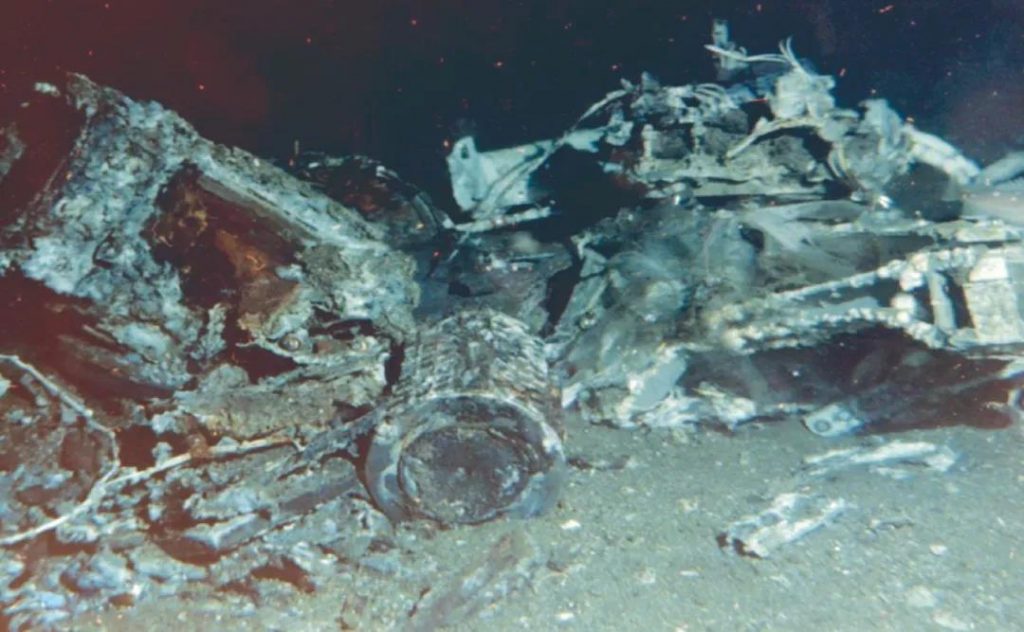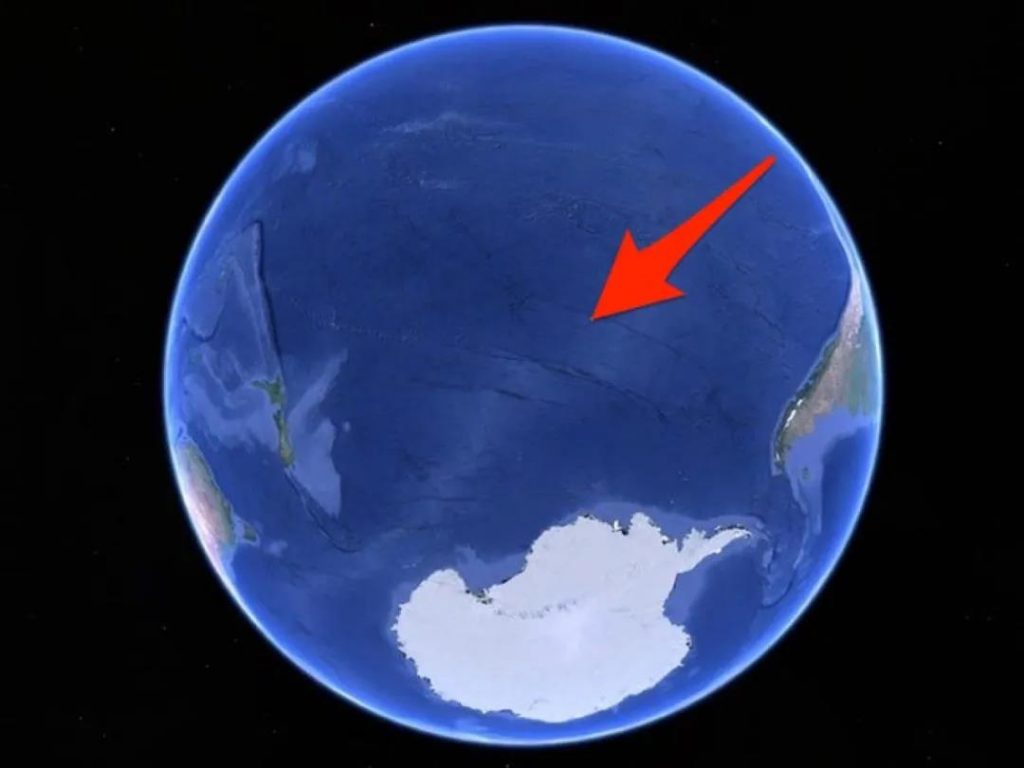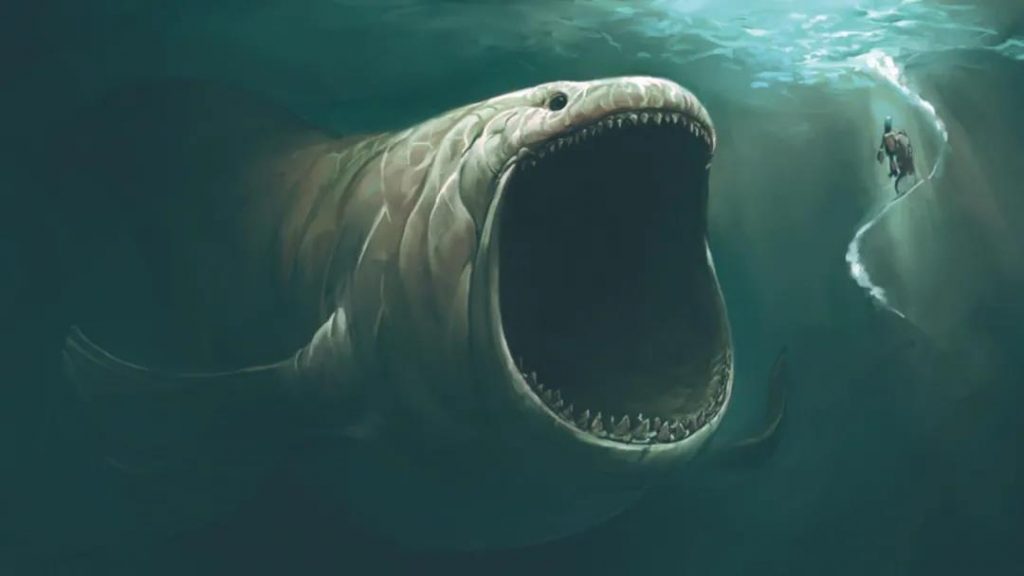
In the vibrant sea, there is actually a restricted area of life. There are few marine life, but there are many spacecraft debris.
Whereabouts of spacecraft debris
There is a sea area in the South Pacific, which is called “spacecraft cemetery”. Some spacecraft retired from space will return to the earth and burn down when entering the atmosphere. The unburned debris will fall from the air. Some of them will end up in this sea area.

Spacecraft debris in the waters of NEMO point
So far, more than 260 spacecraft have landed the wreckage in this “graveyard”, the largest of which is the Soviet Union’s Mir space station, where China’s Tiangong-1 and tiangong-2 space laboratories also sleep.
Why does this sea area become a burial ground for spacecraft debris?
The nearest human is an astronaut
The center of this sea area is called “Nemo point”, which means “no one”. In 1992, an engineering scientist found the most difficult sea area in the South Pacific for the first time in an ocean survey, so he named it “Nemo”.

Why is it the hardest to reach? Because there is no land within the radius of 2600 kilometers with Nemo point as the center. It is the furthest place from land in the world, which leads to the fact that the nearest human is the astronauts in the space station who occasionally fly at an altitude of 400 kilometers. The area of this sea area accounts for one tenth of the total ocean area of the world.
Lonely “forbidden zone”
Because it is far from land, it is difficult for organic matter on land to reach this sea area. Here, in the fault area of two continental plates and a circulation circle in the South Pacific, earthquakes and other geological activities are frequent, which just missed the South Pacific circulation, and the nutrients brought by the ocean current cannot enter here. Without nourishment supply, the biomass of the whole sea area is very small, and there are almost no activities of marine organisms. Only some bacteria barely survive by relying on seabed chemicals.

This is the “life forbidden zone”. The spacecraft falling here will not harm organisms. In addition, it is located in the circulation circle, and the pollutants of the spacecraft will not diffuse on a large scale with the ocean current. So it became a “spacecraft cemetery”.
The strange sound of no man’s land
One day in 1997, a strange sound came from the silent waters of NEMO point.
At that time, scientists were monitoring the sea area near Nemo point, and the machine suddenly recorded a mysterious noise, which was even stronger than the sound of blue whales. Scientists suspect that the sound may be from nearby ships, but the investigation found that no ships passed near Nemo point on the same day. Another conjecture is that there is some unknown marine life in this sea area. According to the calculation of sound signals, the size of this creature will even exceed that of blue whales. The emergence of large life in the “life forbidden zone” will be a major event in the biological community, which makes scientists excited. However, it is difficult for large marine organisms to survive here because they cannot obtain a stable food source in this area.
The truth of “strange sound of the sea”
Unable to find out the cause of the “strange sound of the sea”, people began to put forward strange conjectures such as aliens, and Nemo point became more and more mysterious.

Melting and fracture of Antarctic icebergs.
Until 2008, when an earthquake struck the Antarctic ice sheet, scientists monitored a sound frequency very similar to the “strange sound of the ocean”. Finally, scientists concluded that the ice shock caused by the melting and fracture of Antarctic icebergs was the root cause of the “strange sound of the ocean”, and the “mystery” that had plagued scientists for ten years was finally solved. Nemo point still does not appear the unknown life that people expect.
Comments